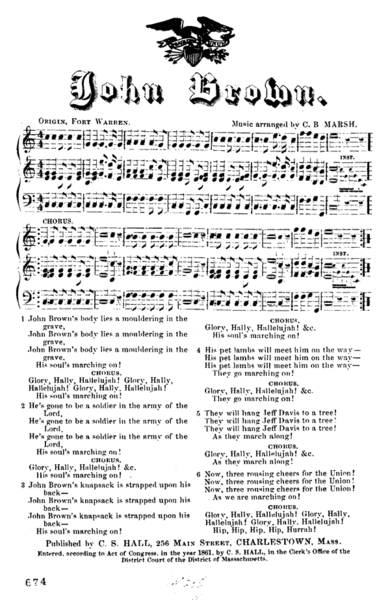It turns out that Thomas Jefferson, in 1783, recommended a visit to Harper's Ferry.
We obliged.
 |
Yes, I agree with the President. This scene is worth a trip across the Atlantic, and it certainly was worth our ninety minute drive northwest. Here's the view from Jefferson Rock. (We visited in November. Imagine how brilliant the colours would look earlier in the fall!)

And when you start learning about the history of this place, you get even more intrigued!!! Yes, there was a Mr. Harper who established a ferry to help people cross the Potomac - somewhere around 1750. You already know about Thomas Jefferson's visit. George Washington stopped by in 1785 to check out a possible plan to establish canals here. in 1796, Washington suggested Harpers Ferry as a place to build an armory that would produce and store small arms for the U.S Army. In 1859, abolitionist John Brown attacked the armory, hoping to steal rifles and start a slave uprising. His late-night plan was discovered, the church bells rang to alert the townspeople, and John Brown ended up hiding out in this engine house until General Lee captured him.

That raid on the armory played a role in the onset of the Civil War, and became quite a famous story, actually. Union soldiers sang about it - have you heard this song? (click here to listen)

Harper's Ferry remained in the middle of things, changing hands between the Confederate and Union Officials fifteen times. We walked to the Union General Headquarters, just up a bit from Jefferson's Rock.
 |
Soon after the war, this home became a college for freed slaves! Storer Normal College. It was also here in 1906, that the Niagara Movement held it's first U.S. meeting as a large civil rights group who worked toward equality for African Americans.
We just loved wandering around, taking in all the beauty and stories and sunshine!
 |

 |
Some of the stone steps we climbed were set in place before 1865!
With all this rich history everywhere, we grew used to historical plaques on nearly every building and street corner. We were especially fond of this one:





No comments:
Post a Comment